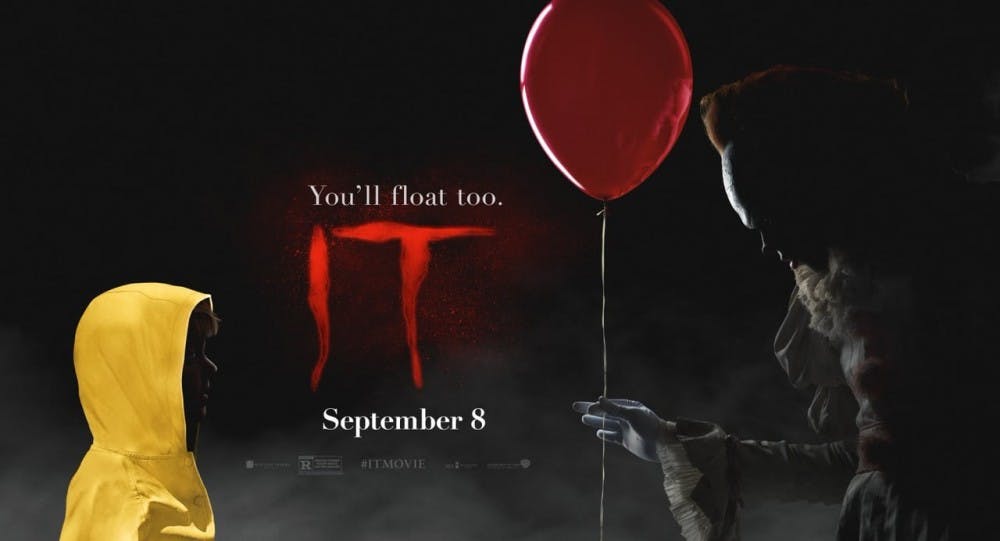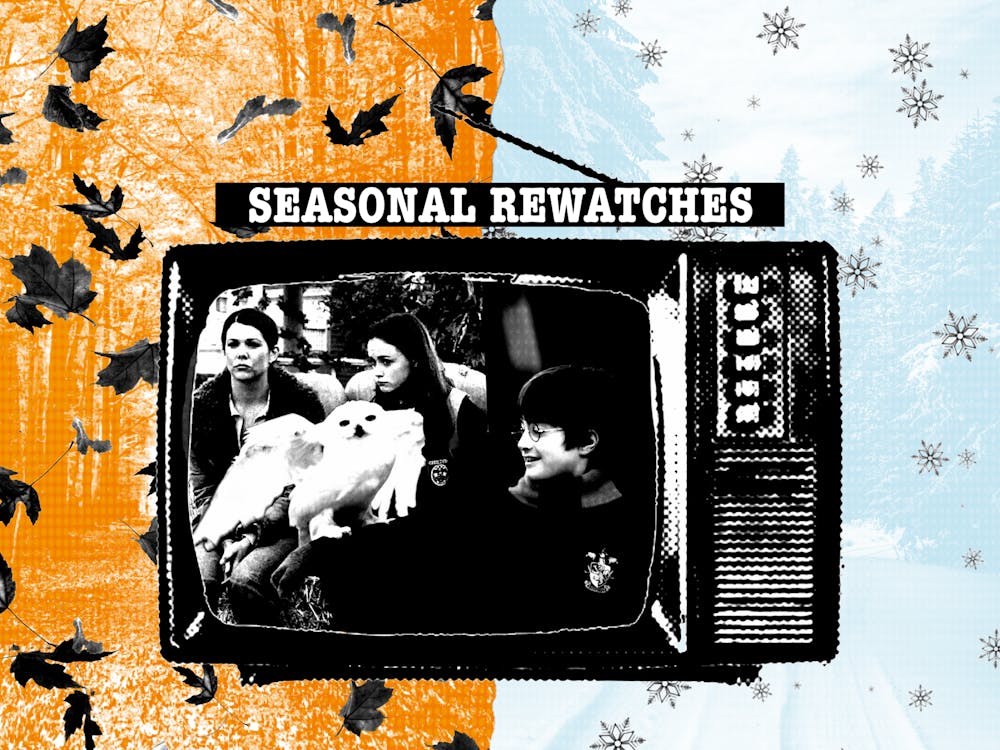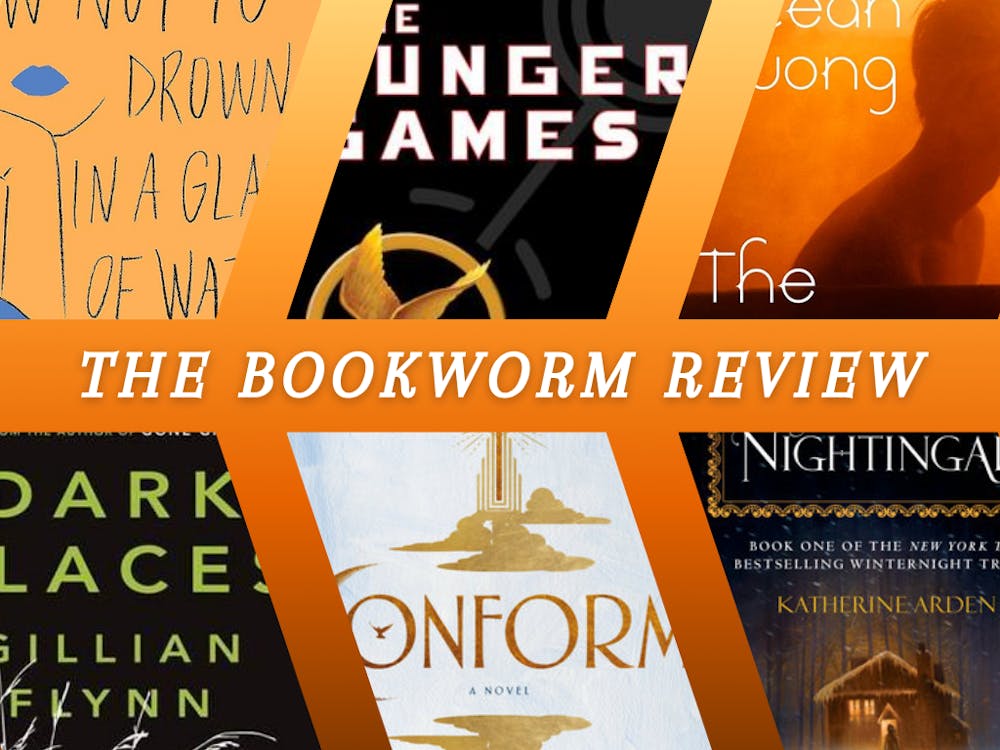I have a hard time explaining my love of "It" to people.
To most, Stephen King's doorstop of a novel is simply "the one with the creepy clown." Plagued by images of Tim Curry's terrifying portrayal of Pennywise the child-devouring jester in the 1990 TV movie, they write off the book as just another macabre product of King's maniacal imagination. They won't listen to my insistence that it's really about much more than Pennywise and his predatory games.
Trust me, it really is.
I first read the book at my family's summer cabin in Maine on a stormy day, the kind that compelled us all to bundle up inside and read or play cards until nightfall. As I listened to the rain fall onto the glassy lake, I opened the book and got sucked into Derry. Like most of his settings, King's fictional, Maine small town was painted vividly, complete with eccentric details and characters I recognized from the real-life Sanford I explored every summer.
But what kept me turning the pages was the Losers Club, the group of kids who band together, connected through their mutual torment by the menace of the town. The creature that takes the form of whatever its prey is most scared of. The monster that often morphs into Pennywise the Dancing Clown. It.
There was stuttering Bill Denbrough, the steadfast leader of the group who blames himself for the death of his little brother, Georgie. There was Richie Tozier, the potty mouth who learns to shut up only when his friends chant "Beep, beep, Richie!" There was Ben Hanscom, the overweight kid who only has the strength to reveal his love for Bev Marsh through an anonymous haiku.
Like these kids, I was on the verge of adolescence -- making friends, dealing with bullies, learning about the hate and evil that exists in the world and choosing to be on the other side of it. Other kids my age found comfort in returning to Hogwarts with Harry, Ron and Hermione each year, or imagined themselves at Camp Half-Blood fighting monsters with Percy Jackson.
I dreamt of joining the Losers Club.
"It" was the first book that ever made me truly scared. Not campfire story scared. Not turn off the basement lights and sprint up the stairs scared.
True terror. That dread-inducing sensation that forces you to keep the dash light on as you drive home in the dark, that keeps you in an under-the-covers paralysis, convinced that if you move a muscle, whatever's under your bed will reach out and grab you. As the kids spotted an animated Pennywise in a historical photo of Derry, I felt literally frozen in fear, unable to turn the page.
But why, you're wondering. Why do I enjoy that? Why do I like being scared?
I think many of us do, even if we don't realize it. It's why, come October, haunted houses are such popular attractions. It's why horror movies often perform so well at the box office.
Enjoy what you're reading?
Signup for our newsletter
We are drawn to horror the same way we're drawn to roller coasters. Surely we don't have any natural penchant for plummeting toward the ground in a free fall. But it thrills us -- that brush with danger fills us with life.
"It" understands that. It doesn't use fear for cheap jump scares. It embodies fear; it's a love letter to fear.
The real terror in Derry is not Pennywise. He may lurk in the sewers, pop up now and then carrying a red balloon when a child finds themself unfortunately unattended. But he's only a complement to the real-life terror the kids are learning to deal with: violent racism, abusive parents, overprotective mothers, psychotic bullies. For adults accustomed to the everyday horrors around the world, these are regular themes. For kids on the cusp of losing their innocence, they are world-shattering frights.
I found the book at this crucial moment in my life and grew up with the Losers Club. The original movie, while introducing us to Curry's magnificent portrayal, fell flat in its depiction of King's nostalgic fear.
Director Andy Muschietti's new adaptation does not. From its beautiful representation of Derry, to the camaraderie of the Losers Club, to Bill Skarsgard's chilling portrayal of Pennywise, 2017's "It" is satisfyingly faithful to the original novel.
As the film opened to Georgie, dressed in his yellow rain jacket in boots, gearing up to sail his paper ship down the flooded street, I couldn't help but smile. I knew, as everyone at this point knows, that he was about to have a fatal encounter with a sewer-ridden Pennywise.
I didn't care. For the next two hours, I was back in my cabin, opening up the dusty hardcover once more.




